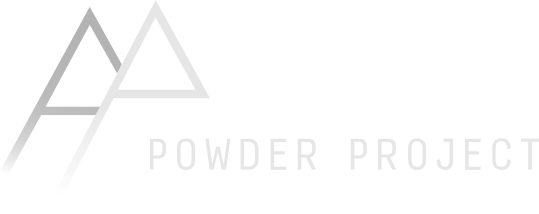There's an awful lot to like about skiing in New Zealand. Epic terrain, empty slopes, cool locals and interesting, low-key ski areas. But there's not denying that conditions here can be tricky.
One of the most common conversations I have back in Australia is about the timing of people's ski trips here. For some reason, a lot of people end up planning their trips here in July. So let me make this really simple:
The best skiing in NZ is August and September. September typically has the most snow, but it gets pretty warm from mid September onwards, so it's hard to ski powder. August is the most reliable option for winter conditions.
Officially, the season here starts in June. Keep in mind that the club fields don't have snowmaking or grooming, so they're absolutely reliant on natural snowfall to open. Plus, rope-tows need enough snow on the tow-lines (where you get pulled up the slope) to open, so they need decent coverage to get started. Less than 50% of the last 6 seasons have opened in June. If you plan a trip here in June, there's a very good chance you'll end up sitting around in town, or skiing a strip of man-made snow down a groomer at a commercial field.
The season usually starts in July, and often with a bang. It's common for the season to start with a huge storm, and being up for the opening days after a big snowfall can be epic. But if you're booking your trip in advance, there's a very good chance you'll be too early and the hill won't be open. July's great if you're around for the full season, or you're bringing your mountain bike over as well, but not everyone has that kind of luxury. If you're booking for July, book as late in the month as you can.
The other tricky thing about early season storms is that even if there's good snow, there's often no base. For those people who don't like hitting rocks this is far from ideal. If conditions are thin, your best bet is to ski somewhere where the ground is tussock, rather than rock. The main basin at Broken River is probably your best bet.
Milking some turns out of some sweet early August pow.
August is pretty reliable. Generally there's a good base, the weather's pretty stable, and if you get good snow it's cold enough to stay dry, especially in the shade. Up until some norwesterly storms came through in the last week or so, people have been skiing powder that's two weeks old in the Craigieburns. With a bit of shade and a bit of wind to smooth any tracks out, August conditions can stretch a little bit of snow a very long way.
September is also good. The days are longer and warmer. Those warm temps can mean that powder gets heavy or sticky more quickly, but they also make for good corn skiing on sunny aspects, which opens up a range of terrain options and makes for safe, reliable backcountry skiing. Long warm days also mean prime deck, beer and BBQ conditions, which is all part of the experience.
October can be epic, or it can be terrible. Often conditions are quite good, but the locals have turned their thoughts to surfing and mountain biking and the club fields shut down. Spring skiing in the backcountry can be awesome, but as the snow line retreats up the mountain the hikes in and out get longer. When storms do come through in October, they're often warm. That still brings snow up high, but the big variations in temperature and strong winds can make for poor stability. It's not uncommon to have only a handful of days out of the whole month where avalanche conditions and weather are safe for ski touring is safe in the big mountains.
In short, come in August of September. The snow's better, there are no school holidays, and you maximise your chances of having the most terrain in good condition.

